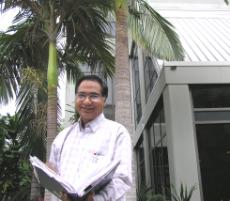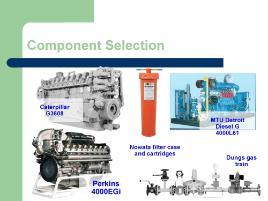Study shows best match of gear for coal seam methane power
Published on 18 October, 2007
A new CQU study has identified the best combination of equipment to generate electricity from coal seam methane drained from coal mines in the Bowen Basin.
Supervisor Mohammad Rasul and undergraduate student John Brown have produced a paper explaining how they matched the commercially available equipment to the gas flow conditions.

Dr Mohammad Rasul
The equipment set recommended would be ideal for remote areas where it could power the mine operation and a small township of up to 1100 houses, negating the need to draw electricity from the grid.
"There are many opportunities for implemenation of gas-fired generators into the coal mining industry. This analysis was inspired by the fact there are still many coal mines, particularly in the local region, which have not yet taken on board the benefits of using waste coal mine gases," Dr Rasul said.
"Energy producers can utilise the gas even though the coal may not be viable to mine."
The paper also outlines benefits of using coal seam methane for power generation:
- it's better for the environment to burn the methane than to allow it to escape into the atmosphere;
- it's now possible to achieve zero emmissions by sequestration of carbon dioxide (waste product of the generation) back into the coal seams;
- the sequestration process can actually displace methane and help it flow to the surface, ready for the generator.
Dr Rasul said the next step was to appoint a postgraduate student to expand and follow-up the recommendations of the first study.


